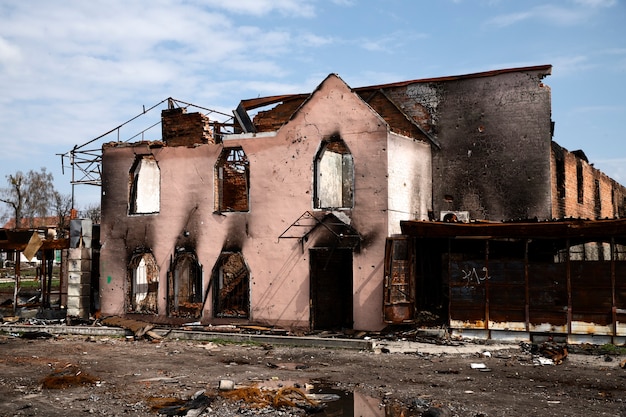
Expert Smoke Damage Restoration and Removal Solutions
Smoke damage can have far-reaching effects on both residential and commercial properties. Beyond the visible soot and stains, smoke can penetrate building materials, leaving persistent odors and potential health risks. Effective restoration and removal solutions are essential to mitigate these impacts. Understanding the comprehensive approach to smoke damage restoration can aid in safeguarding property value and ensuring a safe environment for occupants.
Understanding Smoke Damage
Smoke damage is more than just an aesthetic concern. It can deteriorate surfaces and impact indoor air quality. Key elements include:
- Soot Deposition: Soot consists of tiny carbon particles that can settle on surfaces, causing stains and corrosion.
- Odor Penetration: The smell of smoke can linger and seep into porous materials like fabrics and wood.
- Health Risks: Inhalation of smoke residues can pose respiratory hazards and trigger allergies.
For a comprehensive understanding of smoke damage, read more about this topic.
Comprehensive Restoration Process
Effective smoke damage restoration involves a multi-step process tailored to address the specific needs of the affected property.
Assessment and Inspection
The initial step involves a thorough assessment to determine the extent and type of smoke damage. This includes:
- Identifying affected areas and materials
- Understanding the source and nature of the smoke
- Evaluating potential health risks
Learn more in this detailed guide about assessment techniques.
Cleaning and Soot Removal
Once the assessment is complete, targeted cleaning and soot removal are conducted using specialized equipment and techniques:
- Vacuuming: High-efficiency particulate air (HEPA) vacuums are used to remove loose soot particles.
- Dry Cleaning: Chemical sponges or dry cleaning methods are employed for delicate surfaces.
- Wet Cleaning: Appropriate cleaning solutions are used for durable surfaces to eliminate soot and stains.
Explore further insights here about advanced cleaning methods.
Odor Neutralization
Eliminating smoke odors is crucial for restoring indoor air quality. This involves:
- Thermal Fogging: A mist of deodorizing agents is dispersed to neutralize odors at the molecular level.
- Ozone Treatment: Ozone generators oxidize odor-causing molecules, effectively removing persistent smells.
- Sealing Porous Surfaces: Applying sealants to walls and ceilings can prevent odors from resettling.
Find additional information here on effective odor neutralization techniques.
Preventive Measures and Maintenance
Prevention and regular maintenance can significantly reduce the risk of future smoke damage. Consider the following strategies:
- Install smoke alarms and regularly check their functionality.
- Conduct routine inspections of electrical systems and appliances to prevent fire hazards.
- Maintain heating systems and ensure proper ventilation.
- Implement fire-resistant materials and building practices in renovations and new constructions.
For more preventive tips, explore further insights here.
Conclusion
Addressing smoke damage effectively requires a comprehensive approach that encompasses assessment, cleaning, odor neutralization, and preventive measures. By understanding the intricacies of smoke damage restoration, property owners can ensure the safety and longevity of their investments. For a deeper dive into smoke damage restoration, learn more in this detailed guide.